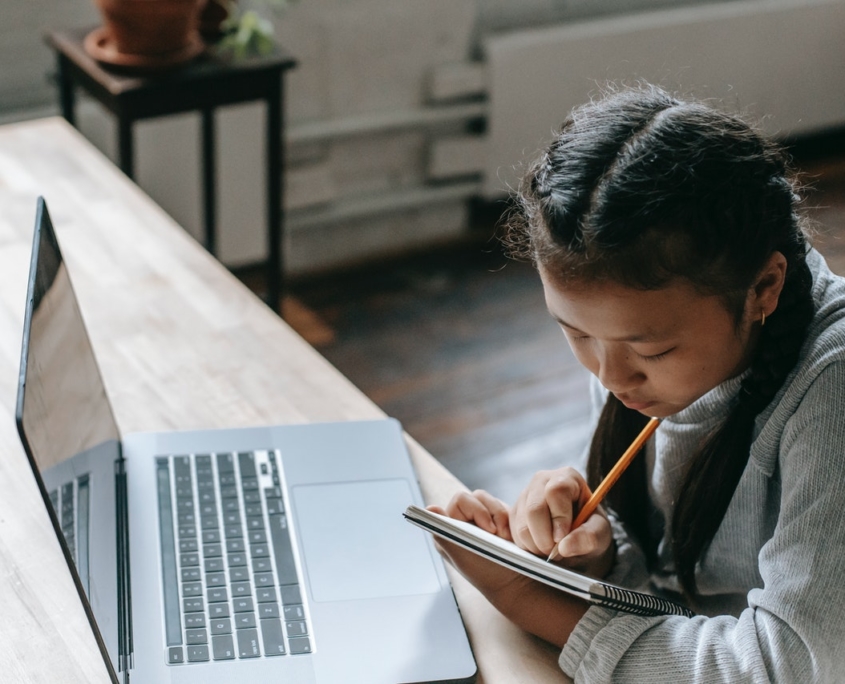How Organizations Are Improving Virtual Learning in the Philippines
 The Philippines, a country with a weak education system, faces the issue of educating 28 million young students during the COVID-19 pandemic. Virtual learning in the Philippines is particularly difficult for students from lower-income households. These students face financial and technological hurdles. According to a Filipino Department of Education survey, 20% of students who have access to the internet still need to go outside of the home for computer access. Many more students lack an internet connection.
The Philippines, a country with a weak education system, faces the issue of educating 28 million young students during the COVID-19 pandemic. Virtual learning in the Philippines is particularly difficult for students from lower-income households. These students face financial and technological hurdles. According to a Filipino Department of Education survey, 20% of students who have access to the internet still need to go outside of the home for computer access. Many more students lack an internet connection.
Isy Faingold, chief of education at UNICEF, reported that the Philippines already had low reading comprehension scores before the pandemic. Among 79 countries, the Philippines ranked last. According to UNICEF, national emergencies, such as the COVID-19 pandemic, increase the number of students who drop out of school.
Public schools have adopted modular learning and blended learning styles since transitioning to virtual learning in the Philippines. In modular learning, teachers print out class materials for students to fill out at home and turn in later. Blended learning uses both online and offline methods of teaching. Schools are struggling to find a way to efficiently use available resources amid COVID-19. Currently, printing module packets has amounted to $1.9 billion. According to the Teachers Dignity Coalition in the Philippines, a national association for teachers, teachers are unable to meet the printing costs. Communicating with students through Facebook and text messaging also wears teachers out emotionally.
The Philippines Schools Project
Fortunately, the Philippines has organizations helping navigate the difficulties of virtual learning. The Philippines Schools Project is a small charity run by a couple who have family ties to the village of Botao. The couple’s work focuses on two schools in this rural and low-income area. They donate school resources as well as raise funds through various friends and connections from the U.K.
The couple has also provided furniture, equipment, school supplies, clothes and help with home improvement projects. Their charity began when they visited the Philippines on vacation and noticed the need for classroom upgrades and better sanitation in restrooms. When they returned to the U.K., the couple started shipping useful resources to help the schools.
After some time, the couple registered their work as a charity, allowing them to send monetary donations to be used for scholarships to send students to school. As costs grew, they invited their friends to help hold fundraising activities for the couple’s childhood town. The couple has been adamant about funneling all monetary gains back into the area. One of their initiatives included arranging for local craftsmen to build any required furniture, such as stands for computers and chairs for students. In this way, the Philippines Schools Project contributes back to the community in its operations to aid children’s learning.
Read Right Now (RRN)
The Education Development Center (EDC) funds the RRN program in the Philippines. The program provides training for educators in areas where there are few resources and impacted classrooms. The strategies and training modules reach beyond the classroom to connect with communities and students’ families to achieve learning goals. Students’ reading comprehension increased by 24% since the program was implemented, providing the program with quantifiable results. Exams provided additional results. Comparing students who participated in RRN with those that did not, 17% more passed reading fluency exams in the RRN program.
Modular and blended learning come with unforeseen difficulties, but the students’ and teachers’ struggles are mitigated by these sources of aid that supplement their education. Communication between the government and Filipino schools is vital. The added support from the Philippines Schools Project and EDC’s Read Right Now program have contributed fundamentally to virtual learning in the Philippines.
– Alyssa Ranola
Photo: Pexel
